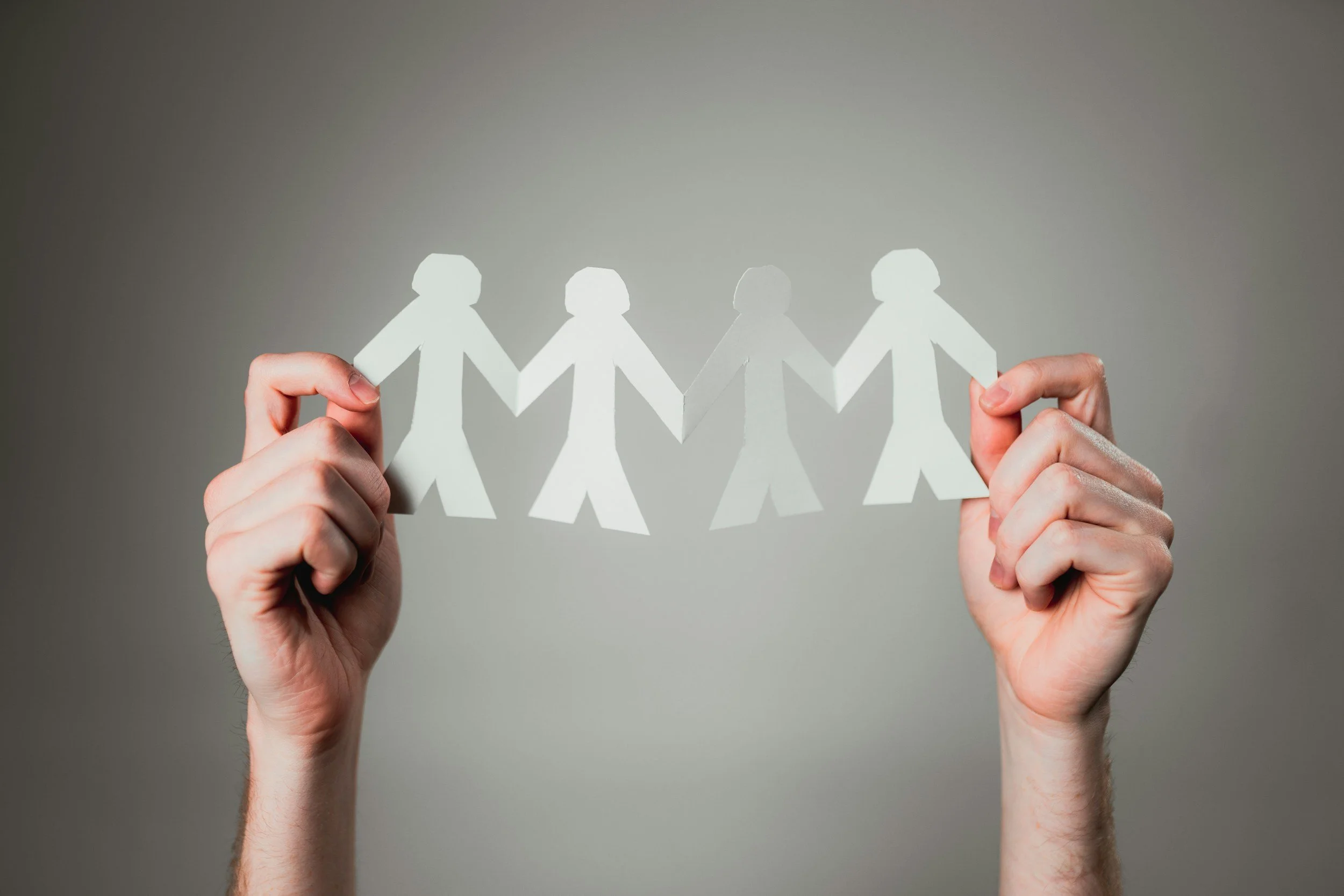The Psychology of Laughter: Evolutionary Roots and Social Impacts
Laughter is a universal human behaviour that transcends cultures and societies. Despite its commonality, the reasons behind why we laugh are complex and multifaceted, encompassing evolutionary biology, psychology, and social dynamics. This essay delves into the evolutionary origins of laughter, its psychological mechanisms, and its profound social impacts, drawing on peer-reviewed sources to explain these aspects.
Evolutionary Roots of Laughter
Laughter likely has deep evolutionary roots, shared with our primate relatives. One of the leading theories suggests that laughter evolved as a social bonding mechanism. Charles Darwin, in his seminal work "The Expression of the Emotions in Man and Animals," posited that expressions of joy, such as laughter, have evolutionary advantages. These expressions serve to communicate non-threatening intentions and foster group cohesion (Darwin, 1872).
Primatologist Robert Provine's research supports this view. Provine (2000) found that laughter in humans and play vocalizations in other primates share similarities, suggesting a common ancestor. Laughter in primates typically occurs during play, indicating it might have evolved as a mechanism to signal that an interaction is playful and non-threatening. This signalling helps to maintain social bonds and reduce aggression within groups.
Furthermore, laughter may have played a role in early human survival. Miller (2000) proposed that laughter could have been a sexual selection trait, akin to the peacock's tail. A good sense of humour could indicate intelligence and social adeptness, traits desirable in a mate. Thus, individuals who could make others laugh might have had a reproductive advantage.
Psychological Mechanisms of Laughter
Psychologically, laughter is a complex response involving multiple brain regions. The prefrontal cortex, which is responsible for cognitive functions, the limbic system, associated with emotions, and the motor cortex, which controls the physical aspects of laughter, all play a role (Sophie Scott et al., 2014).
There are several psychological theories about why we laugh. One of the most prominent is the incongruity theory, which suggests that we laugh when we perceive something as out of place or unexpected. This theory is supported by research showing that humour often involves a set-up and punchline, where the punchline subverts expectations (Suls, 1972).
Another theory is the relief theory, initially proposed by Sigmund Freud. Freud (1928) argued that laughter allows individuals to release pent-up nervous energy. Modern interpretations suggest that laughter can relieve psychological tension, making stressful situations more manageable.
The superiority theory, dating back to Plato and Aristotle, posits that laughter stems from feelings of superiority over others. This theory explains why people often laugh at the misfortunes of others, as it temporarily boosts their own self-esteem (Gruner, 1997).
Social Impacts of Laughter
Laughter has significant social implications, functioning as a powerful tool for communication and social bonding. It can create and strengthen relationships, enhance group cohesion, and even serve as a social corrective.
Research indicates that laughter plays a crucial role in group dynamics. It can signal acceptance and inclusion within a group, reinforcing social bonds. Dunbar (2012) suggested that laughter triggers the release of endorphins, which enhance social bonding by creating feelings of euphoria and mutual trust.
Moreover, laughter can serve as a coping mechanism in stressful situations. Kuiper et al. (1993) found that individuals who use humour to cope with stress have better psychological well-being. This is because laughter reduces the stress hormone cortisol, leading to lower stress levels and improved mood.
In the workplace, laughter can enhance creativity and productivity. Holmes (2007) noted that humour and laughter in the workplace can foster a positive environment, encourage collaboration, and improve overall job satisfaction. This positive atmosphere can lead to increased innovation and better team performance.
However, laughter can also have negative social impacts. It can be used to exclude or demean others, reinforcing social hierarchies. Mocking laughter, for instance, can marginalize individuals and create hostile environments. This dual nature of laughter highlights its complex role in social interactions.
Simply Put
Laughter is a multifaceted phenomenon with deep evolutionary roots and significant psychological and social impacts. It likely evolved as a social bonding mechanism among early humans and continues to play a crucial role in modern social interactions. Psychologically, laughter involves complex cognitive and emotional processes, serving as a response to incongruity, a relief of tension, or an expression of superiority. Socially, it can enhance group cohesion and individual well-being, though it can also be a tool for exclusion. Understanding the intricacies of laughter can provide valuable insights into human behaviour and social dynamics.
References
Darwin, C. (1872). The Expression of the Emotions in Man and Animals. John Murray. The expression of the emotions in man and animals. (apa.org)
Dunbar, R. I. M. (2012). Bridging the bonding gap: The transition from primates to humans. Philosophical Transactions of the Royal Society B: Biological Sciences, 367(1597), 1837-1846. Bridging the bonding gap: the transition from primates to humans - PMC (nih.gov)
Freud, S. (1928). Humour. International Psychoanalytical. Humour. (apa.org)
Gruner, C. R. (1997). The Game of Humor: A Comprehensive Theory of Why We Laugh. Transaction Publishers. The game of humor: A comprehensive theory of why we laugh. (apa.org)
Holmes, J. (2000) Politeness, power and provocation: how humour functions in the workplace. Discourse Studies,2,pp.159–185 Politeness, Power and Provocation: How Humour Functions in the Workplace - JANET HOLMES, 2000 (sagepub.com)
Kuiper, N. A., Martin, R. A., & Olinger, L. J. (1993). Coping humor, stress, and cognitive appraisals. Canadian Journal of Behavioural Science/Revue canadienne des sciences du comportement, 25(1), 81. Coping humour, stress, and cognitive appraisals. (apa.org)
Miller, G. (2000). The Mating Mind: How Sexual Choice Shaped the Evolution of Human Nature. Doubleday. The mating mind: How sexual choice shaped the evolution of human nature. (apa.org)
Provine, R. R. (2000). Laughter: A Scientific Investigation. Viking. https://amzn.to/4cuLTeG
Scott, S. K., Lavan, N., Chen, S., & McGettigan, C. (2014). The social life of laughter. Trends in Cognitive Sciences, 18(12), 618-620. The social life of laughter. (apa.org)
Suls, J. M. (1972). A two-stage model for the appreciation of jokes and cartoons: An information-processing analysis. The Psychology of Humor, 81-100. J. M. Suls, “A Two-Stage Model for the Appreciation of Jokes and Cartoons An Information-Processing Analysis,” In J. H. Goldstein and P. E. McGhee, Eds., The Psychology of Humor Theoretical Perspectives and Empirical Issues, Academic Press, New York, 1972, pp. 81-100. - References - Scientific Research Publishing (scirp.org)






